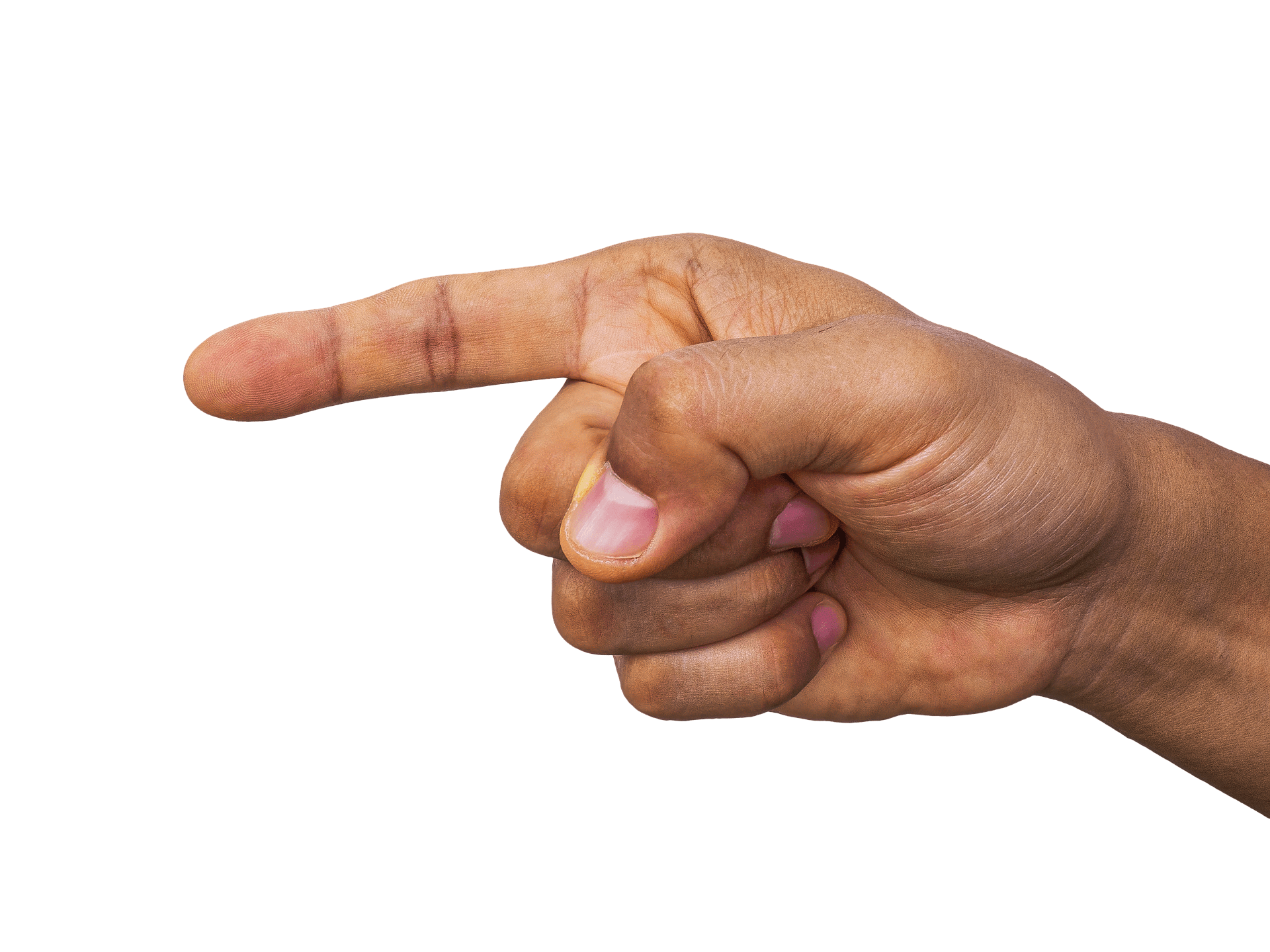a little gem with unexpected relevance
Sometimes you stumble upon a little gem. This little book came as an unexptected present.
I read this book by the American buddhist Pema Chödrön a while ago. To my surprise I discovered that it fits with my vision on the personal development aspect in conflict.
In essence it is about the following questions:
- How can let go old grudges and arguments?
- How to stop avoiding situations and persons that give me an uncomfortable feeling?
- How to deal with old fears, a limiting tunnel vision, a closed off heart and debilitating hesitations?
- How can I free myself from rigid patterns and consciously act based on free choice of behaviour?
THE MAIN QUESTION IS, ARE WE LIVING IN A WAY THAT ADDS FURTHER AGGRESSION AND SELF-CENTEREDNESS TO THE MIX, OR ARE WE ADDING SOME MUCH-NEEDED SANITY?

from reactive habits to conscious response
Recently a coaching client hopefully said: “I want to automatically be calm and constructive in difficult conversations”.
The good news is that you can change reactive patterns, old habits, unproductive reactions and unwanted hurtful behaviour.
However, it takes practice to do so. Consistent and persistant practice.
Your automatic pilot in situations of threat are persistent. They are in your body and serve to protect your identity, who you think you are.
This looks like
- “I am right!”
- “You twist reality, it’s a lie!”
- “They are all out to get me!”
Our fear-based habits offer us security, ground under our feet and a certain comfort. Just like everybody else we need recognition, safety, control, respect, being seen, appreciation and we want to belong.
We often run away from uncomfortable situations and by doing so we – unintentionally – make it even more difficult.
OUR FIXED IDEAS ABOUT “THEM” ARISE QUICKLY, AND THIS HAS AGAIN AND AGAIN CAUSED GREAT SUFFERING. THIS IS A VERY OLD HABIT, A CRIPPLING
dealing with aggression
When we feel threatened or under attack we seek relieve in the wrong way:
- We look for pleasure (grasping)
- We numb our feelings and distract ourselves (aversion)
- We express our anger (acting out)
We try, in other words, to get away from the difficult situation by seeking refuge in fantasy, thoughts, worries or planning.
When you are triggered by a situation or person, this reactive habit is spontaneously activated. Our ego is at the steering wheel! This gives you a false sense of security and control.
Of course you long for a simple recipe to deal with conflict. And actually it is quite simple and maybe because of that precisely so difficult: train yourself to stay IN the situation and fully experience the feelings of discomfort.

INSTEAD OF BLAMING OUR DISCOMFORT ON OUTER CIRCUMSTANCES OR ON OUR OWN WEAKNESS, WE CAN CHOOSE TO STAY PRESENT AND AWAKE TO OUR EXPERIENCE, NOT REJECTING IT, NOT GRASPING IT, NOT BUYING IN THE STORIES THAT WE RELENTLESSLY TELL OURSELVES.
stop the chain of action-reaction
Chödrön gives a simple practice (of course it is not as simple as it looks at first sight!).
The point is that you learn to sit in the discomfort. To be present with kindness for yourself. And to take an honest look at yourself.
With this approach you learn to see difficult people and challenging situations as an opportunity to learn something about yourself. The condition is that you first look inside yourself.
There are three steps:
- Recognize you are triggered and feel the temptation to relapse into old habitual behaviour.
- Take a break, take three deep breaths and fully experience this moment. Be curious: what is happening inside?
- Relax and continue with whatever you were doing.
By being more aware of daily triggers, you can break the destructive chains of reactions.
You have a choice in every moment of your life.
Pema Chödrön (2019). Taking the Leap. Freeing Ourselves from Old Habits and Fears. Shambala, Boulder.
I have also read her book When Things Fall Apart. Also highly recommended.
